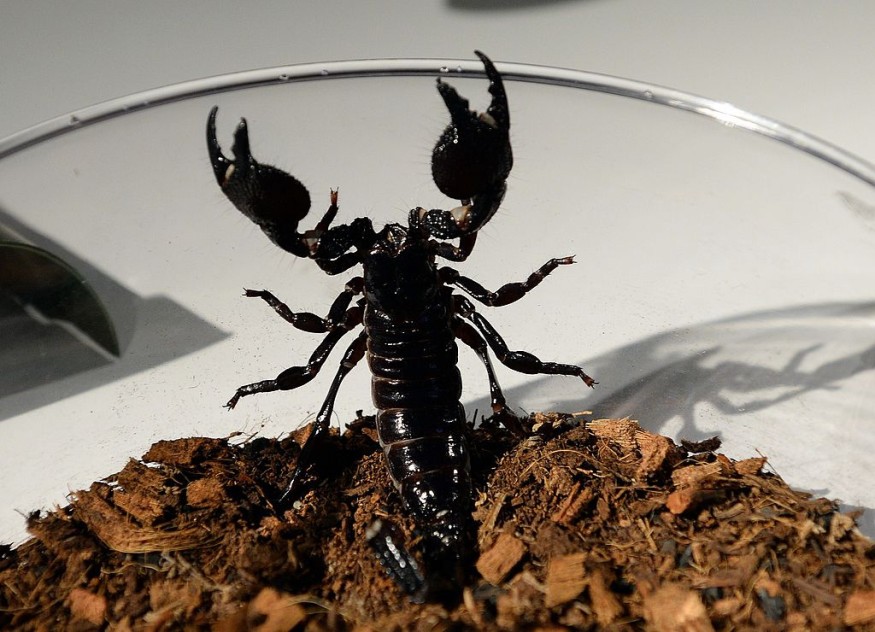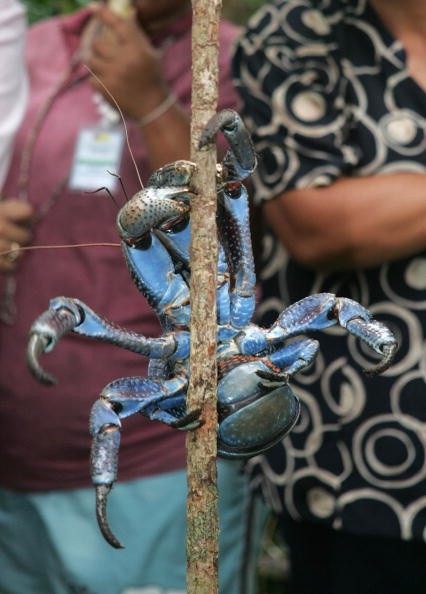David Legg, a University of Manchester researcher, has revealed the discovery of a new fossil that illustrates the origin of gills in arthropods in partnership with a team of international experts from China, Switzerland, and Sweden.
Arthropods, which include creepy crawlies like spiders and woodlice, are the biggest phylum in the animal kingdom and may be found in extreme environments ranging from the deepest ocean trench to the summit of Mount Everest.
Crabs, lobsters, shrimp, barnacles, and various other species are classified as arthropods. The phylum Arthropoda is home to 75% of all creatures (including spiders and insects).

The majority of arthropods are scavengers, consuming almost anything that sinks to the ocean floor. Detritus, algae, and animals are fed to skeleton shrimp. Crabs eat mollusks that they split open with their strong claws. Gulls are their main predators.
A rigid exoskeleton comprised of chiton, a protein, is found on all arthropods. The creatures are protected by this shell, which also supports the arthropod's muscles. The exoskeletons of arthropods do not grow along with them. As a result, they must regularly shed, or "molt," their exoskeletons to replace them with new ones.
Arthropods ("arthro" refers to a joint, and "pod" refers to a leg) have jointed appendages as well. After several moltings, lost limbs can eventually be regenerated.
According to Science Daily, Erratus sperare, a 520-million-year-old (about ten times older than the dinosaurs) creature, is the newest member of the group, according to new research released today. Erratus sperare was discovered in the Chengjiang Fossil Site in Yunnan, China, a UNESCO World Heritage Site. The Chengjiang Fossil Site retains an old aquatic habitat that contained trilobites and anomalocarids and their cousins.
Biramous Limbs
Biramous limbs, or legs with two segments - one for breathing and one for locomotion - are seen in modern water-dwelling arthropods, but how such specialized limbs developed is unknown. Some of the oldest ancient arthropods, such as Anomalocaris, possessed swimming flaps that functioned as gills. Still, researchers didn't know how arthropods transitioned from these specialized flaps to modern arthropods' biramous limbs until now.
Erratus sperare bridges the gap between arthropods with biramous limbs and those that employ specialized flaps. It has legs as well as flaps.
Gills

According to Dr. David Legg, one of the study's authors, fish aren't the only species with gills. Arthropods have gills as well, but just on their legs. However, we had no idea where these gills came from regarding arthropods.
"We now have a much clearer notion thanks to this new fossil, Erratus sperare; these gills also went on to evolve into the wings of insects and the lungs of terrestrial arthropods like spiders, so they were a significant development."
For more news about Biology, don't forget to follow Nature World News
© 2025 NatureWorldNews.com All rights reserved. Do not reproduce without permission.





